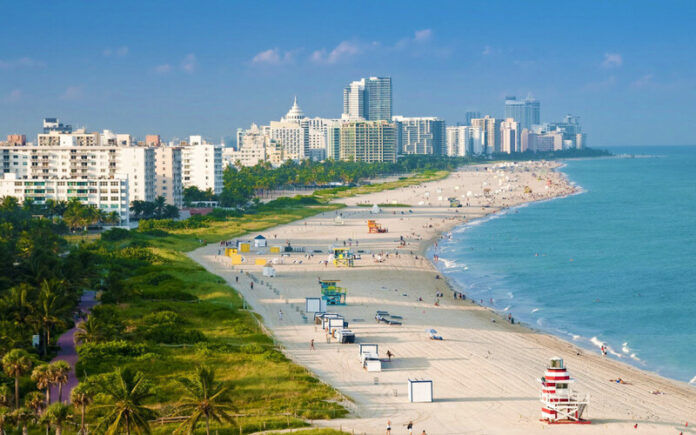Average speed cameras are set to go live on a section of the North Coast 500, specifically along the A836 between Reay and Thurso, starting September 2, 2024. This deployment follows a delay from the original launch date in July. These cameras are part of a broader initiative aimed at enhancing road safety in an area known for its high traffic volumes and speed-related concerns, particularly on the notorious Forss straight.
Strategic Camera Locations for Maximum Impact
The deployment includes four strategically placed camera locations: one east of Reay, one at Forss, another near Brims Hill, and one west of Thurso. These areas have been identified as high-risk zones, where excessive speeding has contributed to a series of serious accidents. By positioning the cameras in these critical spots, local authorities aim to reduce speeding and improve overall road safety.
Renewable Energy Powers the Initiative
These speed cameras are not only focused on improving road safety but are also environmentally conscious. They will operate temporarily, powered by renewable energy sources. Utilizing both solar and bio-methanol technologies allows for the cameras’ installation in areas lacking fixed infrastructure. This approach demonstrates a commitment to sustainability while addressing the urgent need for safer roads.
Community-Driven Safety Measures
The decision to install average speed cameras was driven by calls from local community councils, who have been advocating for improved road safety measures in the region. Concerns about the increasing number of accidents, particularly on the Forss straight, have prompted these councils to demand action. The introduction of these cameras is seen as a direct response to those concerns and is expected to have a significant impact on reducing road casualties.
Monitoring and Evaluating Effectiveness
To ensure that the cameras are achieving their intended purpose, monthly speed surveys will be conducted. These surveys will assess the effectiveness of the cameras in improving speed compliance and road safety. The data collected will help determine whether the initiative should be extended or adjusted in the future. By closely monitoring the impact of these cameras, authorities can make informed decisions about the best ways to continue enhancing road safety on the North Coast 500.
A Step Toward Safer Roads
The introduction of average speed cameras along the A836 between Reay and Thurso marks a significant step toward improving road safety on the North Coast 500. By targeting high-risk areas and using renewable energy to power the cameras, this initiative addresses both safety and environmental concerns. With the support of the local community and ongoing monitoring, these cameras are expected to play a crucial role in reducing accidents and saving lives on this popular route.










